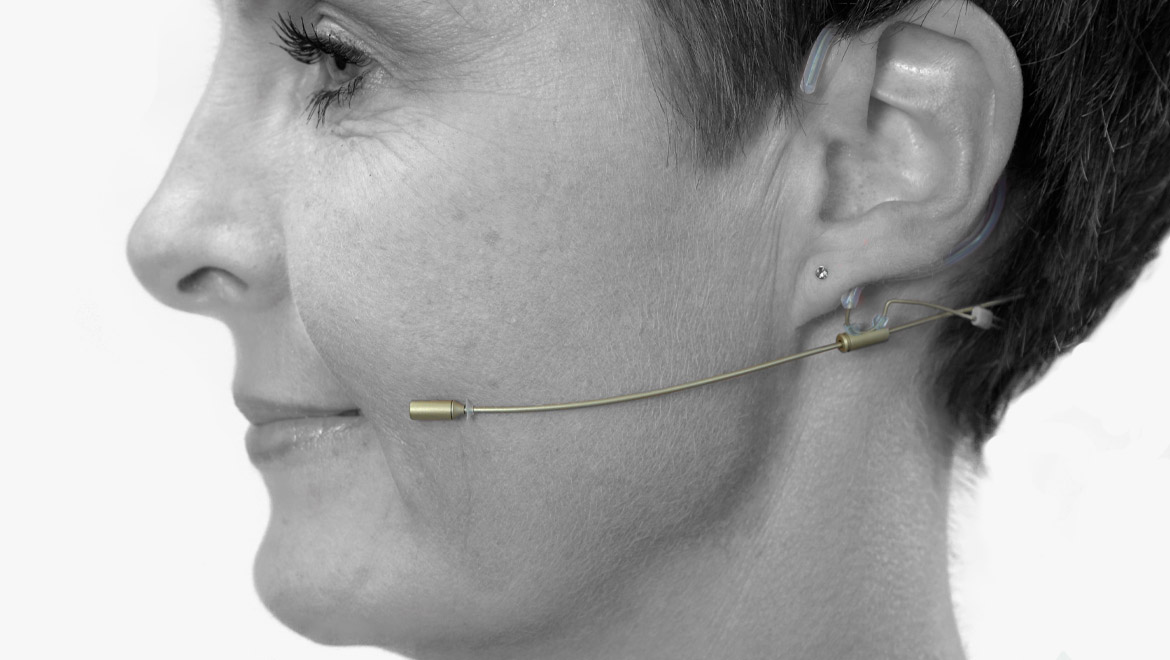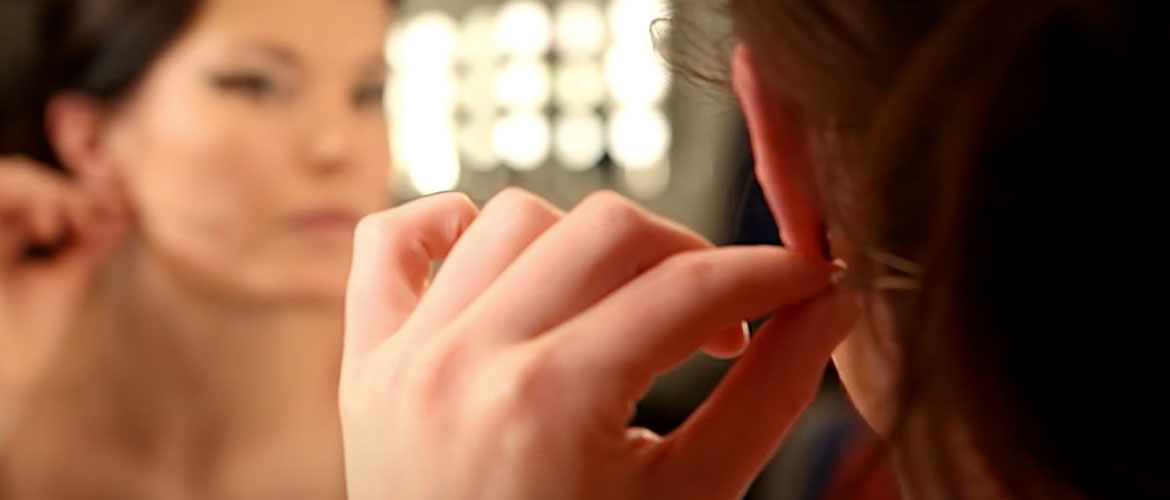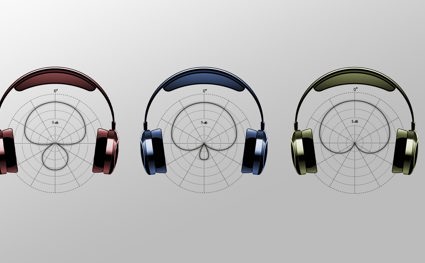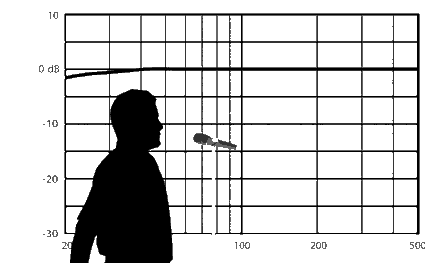Omni vs cardioid - choose the right headset mic
It is common to use a headset microphone for television news and broadcast shows, theatrical performances, and, of course, for auditoria presenters. However, in times where the mobility is limited, a headset mic is also an extremely convenient solution for journalists, when they work remotely.

A headset microphone is practical for several reasons:
- It's close to the sound source
- It keeps a constant distance to the sound source
- It provides a hands-free solution
- It is a unobtrusive solution for both the viewers and user
- It provides a high speech-to-background noise ratio
- It stays in position if fitted correctly
Omnidirectional vs cardioid
You can choose between to main types of headsets, either omnidirectional or (uni)directional (cardioid). It is a good idea to consider which of the two is best for your situation.

An omnidirectional has a frequency response that smoothly goes from very low frequencies to the highest. Due to its superb low-frequency handling, it will support even the lowest pitch any speaker might have. This type of mic makes the timbre of the voice sound very natural. Due to the position of the mic when placed “at the corner of your smile,” the frequency response may need a small lift at higher frequencies. However, this is often a matter of taste. Compared to a directional mic, the position of an omnidirectional headset it is less critical.
A cardioid has a directivity that, in general, rejects background noise. It has a frequency response that is somewhat dependent on the distance to the source. Cardioids exhibit a so-called “proximity effect.” The advantage of this effect is an efficient (additional) reduction of low-frequency background noise. The disadvantage is that a change of position also may change the timbre of the sound. Furthermore, a cardioid exhibits higher sensitivity to wind and blows compared to an omnidirectional.
The curve below shows how much a cardioid attenuates background noise in comparison to an omnidirectional. The result is an actual measurement. At 100 Hz, the reduction is approximately 23 dB. That is a massive reduction!

Correct placement of the mic
It is important to keep the microphone out of the air stream from the mouth. Both plosives and fricatives create air streams that should not hit the capsule. So, never put the microphone in front of the mouth.
How far back you want to pull the actual microphone head depends somewhat on anatomy. Some speakers produce air streams from the corner of the mouth. Others exhibit extremely dynamic mouth and lip movements. Both of these types of speakers should pull the microphone further away from the mouth, both backward and outward.

In addition, smiling can make a person's cheeks move, which can displace the microphone. Especially when using a cardioid, the microphone boom should not press against the cheek but be positioned so that the microphone head stays in a constant position.
The microphone head should also be positioned from a beard, as a single hair may pass the grille and hit the sensitive element, making noise. Finally, dangling earrings and glasses that are put on/taken off, should be avoided when using a headset mic.
Windscreens
Windscreens can reduce noise from outdoor wind as well as air streams coming from the mouth. They also keep the microphone capsule away from a beard.

It’s in the mirror
Before going on air, it is always a good idea to use a mirror and check – if not anything else – the position of the microphone. Check that the microphone head and boom are free of beard, earrings, glasses, etc.

In conclusion
If background noise is an issue, use a cardioid. If not, use an omnidirectional. Make sure to properly place the headset and make adjustments based on your type of speaker you are.











